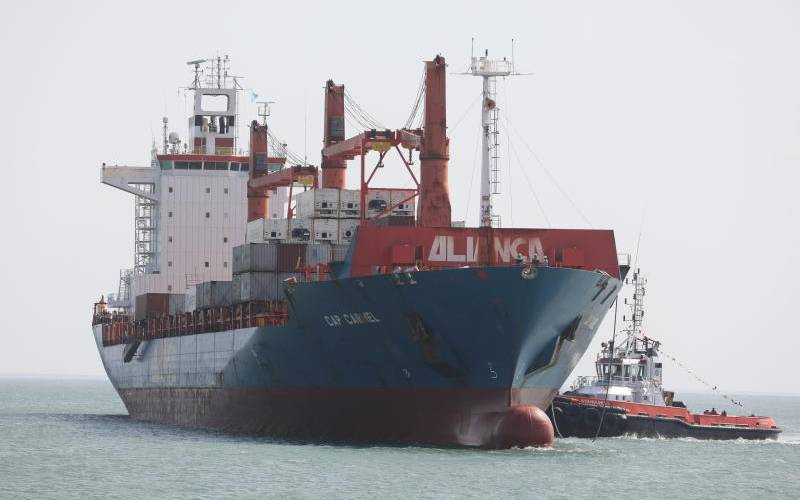×
The Standard e-Paper
Home To Bold Columnists

Since former President Uhuru Kenyatta commissioned the Lamu Port on May 20, 2021, the focus has turned to marketing the facility especially to hinterland nations of of Ethiopia and South Sudan.
The marketing campaign is being carried out by Kenya Ports Authority (KPA), Lapsset Corridor Development Authority and other government agencies to woo business.